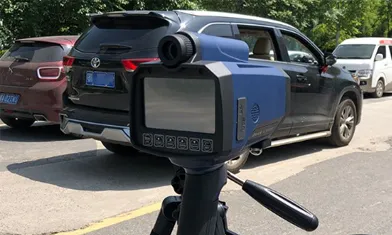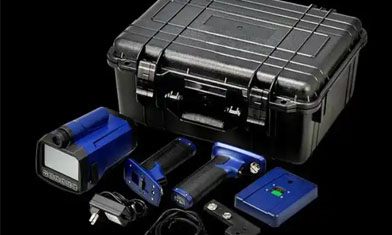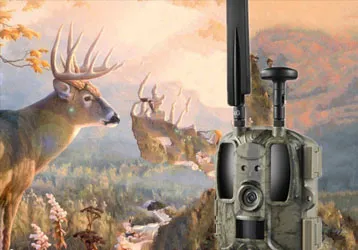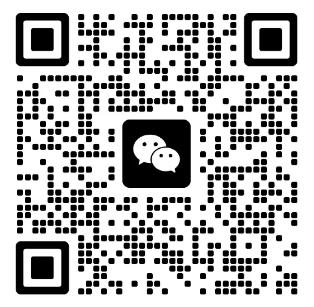Comment utiliser un télémètre laser?
The launch of Onick 2000B represents a revolutionary new professional level of measurement accuracy. It can accurately measure 0.1 meters within a 200-meter range, with no blind spots and a 0-meter measurement start point. It also adds a vibration reminder function and the longest distance mode! It is equipped with Bluetooth and RS232 serial ports and is widely used in power line survey applications. The sturdy exterior material, comfortable non-slip rubber, and smooth rotation of the eyepiece diopter adjustment further enhance the user experience. The built-in 1200 mAh lithium battery charging system can measure about 10,000 times. The intuitive, convenient, and fast functions of the Onick 2000B rangefinder help you work more efficiently outdoors!
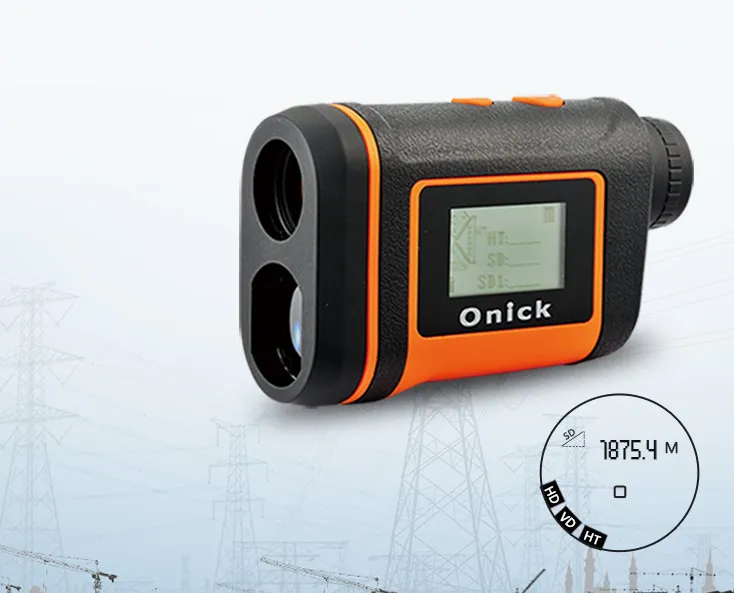
How to use the rangefinder:
1. Install the instrument
First, install the theodolite on the measuring station. After centering and leveling, install the rangefinder host on the theodolite bracket, tighten it with the connector fixing screws, and insert the battery into the bottom of the host and fasten it. Place the reflective prism at the target point, center and level it, and make the mirror face the host.
2: Observe the vertical angle, air temperature and air pressure
Use the crosshairs of the theodolite to aim at the center of the target plate and measure the vertical angle α. At the same time, observe and record the readings on the temperature and barometer. The purpose of observing the vertical angle, air temperature and air pressure is to make tilt corrections, temperature corrections and air pressure corrections for the slant distance measured by the rangefinder to obtain the correct horizontal distance.
3. Distance measurement preparation
Press the power switch "PWR" to turn on the machine. The host will self-check and display the original set temperature, air pressure and prism constant values. After the self-check passes, it will display "good".
If the original setting value is corrected, press the "TPC" key and enter the temperature, air pressure value or prism constant (usually enter one by one through the "ENT" key and the number keys). In general, as long as the same type of reflector is used, the prism constant remains unchanged, while the temperature and air pressure may be different each time they are observed and need to be reset.
4. Distance measurement
Adjust the horizontal adjustment hand wheel of the main sighting axis (or the horizontal micro-motion screw of the theodolite) and the pitch micro-motion screw of the main machine to make the rangefinder telescope accurately aim at the center of the prism. When the display is "good", accurate aiming can also be judged by the sound of the buzzer. The stronger the signal, the louder the sound. Micro-move the rangefinder up, down, left, and right to make the buzzer sound the loudest. Then the accurate aiming is completed and "*" appears.
Precautions for using laser rangefinder
1. The laser rangefinder cannot be directly measured at the human eye to prevent damage to the human body.
2. The laser rangefinder is not waterproof, so you need to pay attention to waterproofing.
3. The laser rangefinder's laser does not have a drop-proof function. Be careful to handle it with care when using it.
4. Pay attention to the positive and negative poles when installing the battery, and use alkaline batteries. If the laser rangefinder is not used for a long time, you need to take out the battery to prevent battery leakage from corroding the movement.
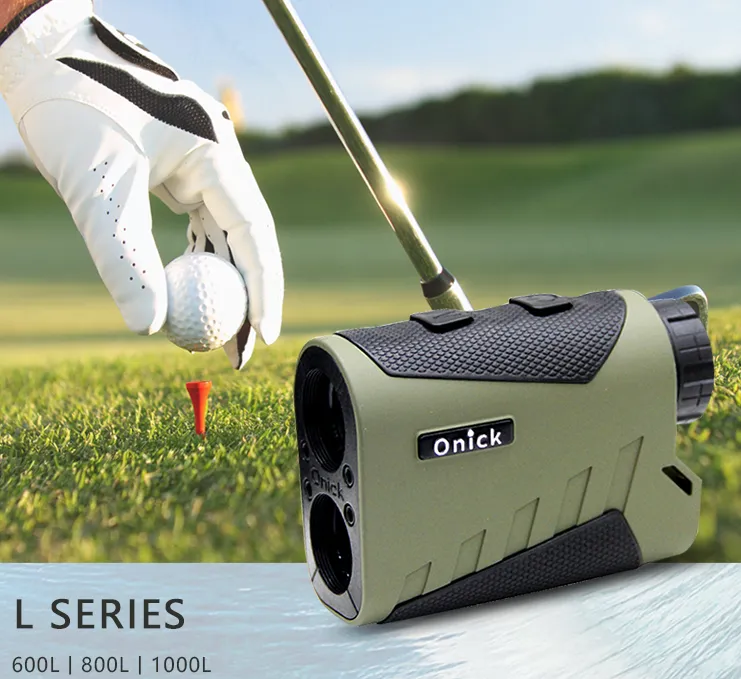
Daily maintenance guide for laser rangefinder:
1. Check the appearance of the instrument frequently and remove dust, dirt, grease, mildew, etc. on the surface in time.
2. Use a soft dry cloth to clean the eyepiece, objective lens or laser emission window. It is strictly forbidden to scratch with hard objects to avoid damaging the optical performance.
3. The laser rangefinder is a high-precision instrument integrating light, machinery and electricity. It should be placed with care during use. It is strictly forbidden to squeeze or drop from a height to avoid damaging the instrument.
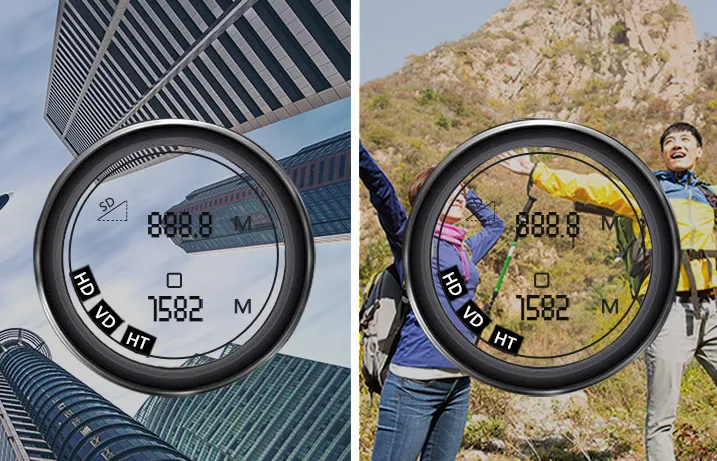
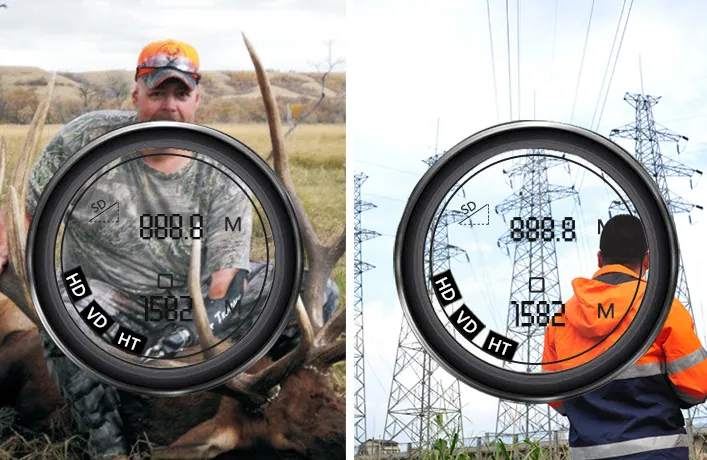
Application areas: power line selection survey and design, power safety inspection, forestry survey, security and police use, geological exploration, outdoor hunting, railway construction measurement, installation measurement, high-rise building monitoring, high-speed rail passenger line track construction, water conservancy and hydropower measurement, water conservancy river survey, oil pipeline, archaeological research, mining measurement, railway line selection, land and resources survey, etc.
